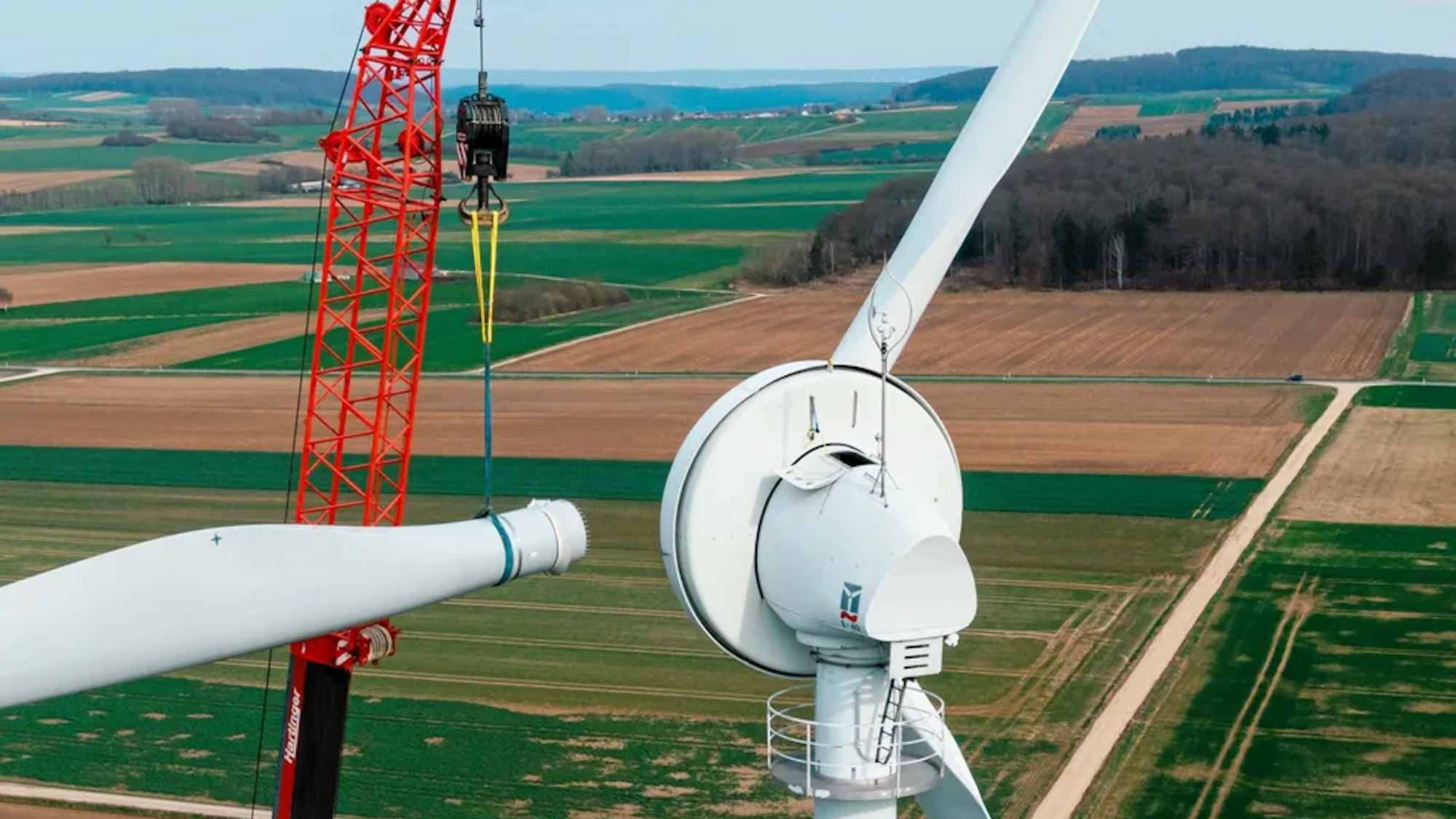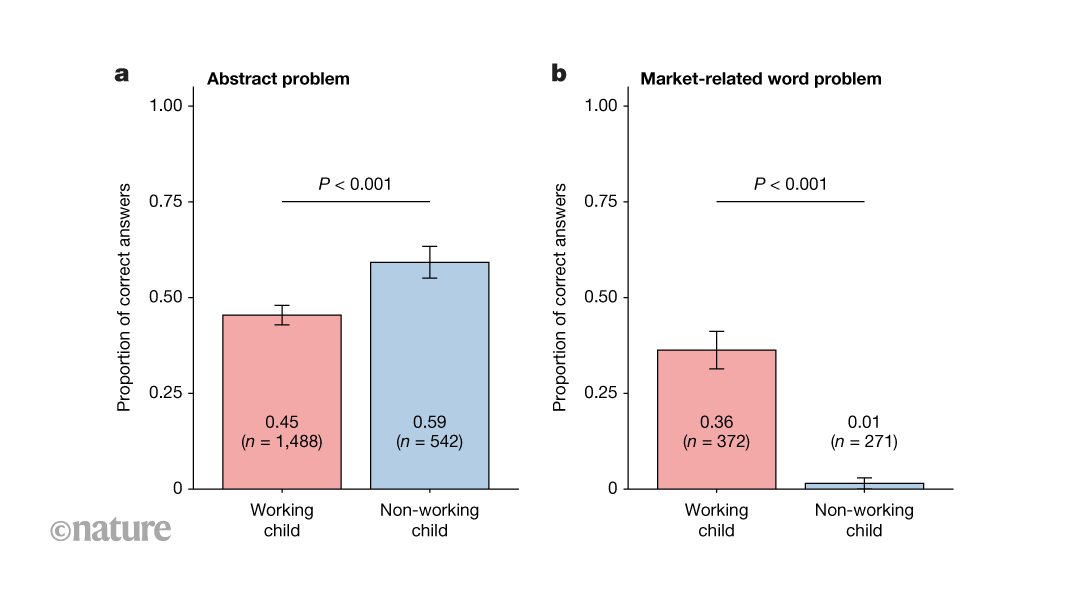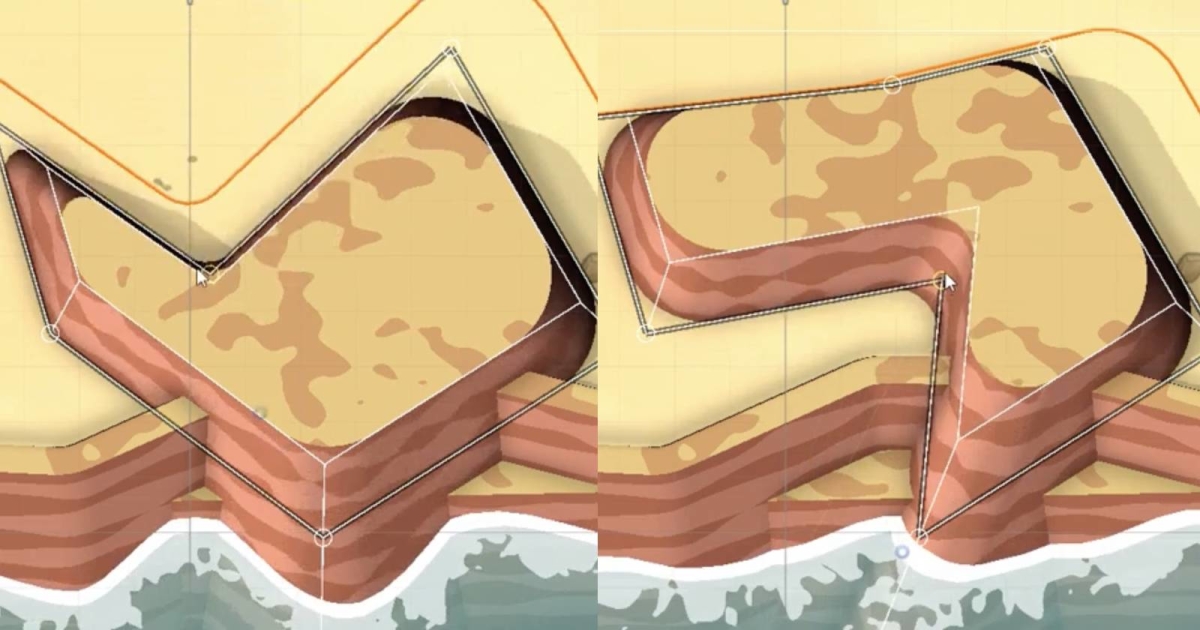
A Brief Guide to HERBIE, Fantastic Fours Weird Robot Friend
gizmodo.com
Marvels First Family has had almost as long a history in adaptation as theyve had in the comics themselves. As one of the vanguards of the Silver Age of Comics, like Spider-Man they were often at the forefront of Marvels expansion beyond the page and into TV and eventually filmand now The Fantastic Four: First Steps will just be the latest in that long line. But in bringing Reed, Sue, Johnny, and Ben into the MCU,First Steps is also bringing in another part of that adaptive history with it in the form of the teams teeny robot pal, HERBIE. We only briefly see HERBIEwhich stands for Humanoid Experimental Robot B-Type Integrated Electronicsin this weeks trailer forFirst Steps cooking a meal with the Thing in the teams residence at the Baxter Building, but HERBIE has been part of our earliest looks at the film from the very beginning, from the moment the cast was first confirmed. Which makes sense, giving his origins, because not only did HERBIE arise out of adaptation himself, but when he was first introduced, he was a fully fledged member of quartet in his own right. The New Fantastic Four Marvel/NBC HERBIE first appeared in 1978 as part of the teams second animated series,The New Fantastic Four, developed by DePatieFreleng Enterprises after NBC brokered a deal between the animation studio and Hanna-Barbera, which had originally been slated to produce a follow up to its own 1967 cartoon, exchanging development of a Godzilla animated series that would also air that same year. HERBIE was just another of the weird problemsNew Fantastic Four faced in early development: at the time, Marvel and Universal had licensed a number of comics characters for potential live-action TV and film adaptations, including the Human Torch. Unable to use Johnny in the animated series due to the rights, Stan Lee pitched DePatieFreleng on a replacement fourth member of the team, in the form of an R2-D2-esque robot companion. Initially DePatieFreleng and Marvel approached comics artist Dave Cockrumbest known at the time as the seminal illustrator on the early years of Chris Claremonts legendary run on Uncanny X-Men, and the co-creator of the likes of Storm, Colossus, and Nightcrawlerto design the new fourth member of the team. However, Cockrum reportedly chafed at the idea of having to replace Johnny, and intentionally submitted designs for the robot that were crude and rudimentary. Instead, the studio turned to Fantastic Four co-creator Jack Kirby to handle the design for the character, originally called ZZ-123 before he was given his absurd acronym name, in what would be Kirbys final work with Marvel before departing the publisher for the first time. Despite being the new member of the titular team, HERBIEs role on New Fantastic Four was pretty slight. In a series that was already constrained heavily by the rules of broadcast standards at the time, HERBIE wasnt much of an active combatant, and was largely reduced to the background as a sensor sweeper and tech support, chatting away and providing commentary (seemingly unlikeFirst Steps, inNew Fantastic Four HERBIE could communicate in English, and was voiced by cartoon legend Frank Welker).HERBIE Heads to Comics John Byrne, Joe Sinnott, Glynis Wein, and Tom Orzechowski/Marvel Comics The New Fantastic Four was not a particularly well received show, either by audiences or NBC. After the first season came to an end in December 1978, several factors led to NBC not picking up the series for an expected second seasonbut HERBIE wouldnt perish with the show that had created him. Just months after New Fantastic Four wrapped up, Marv Wolfman and John Byrne brought HERBIE over to the comics in the pages ofFantastic Four #209. Part of an arc where the team was working with the New Champions to stop the rise of the Sphinx by siccing Galactus himself on the new god, Reed hastily developed a robot companion for the team using Xandarian technology to provide remote access to the Baxter Buildings computer systems while they searched for Galactus in space. But whats peculiar in part about HERBIEs origins in the comics isnt just that he came from a real-world TV show: its that Wolfman retained that origin for the comics. In the story itself, Reed explains that the design for his hastily constructed robot came from one hed spent months working on with an animation studio for an in-universe Fantastic Four cartoon series. Just as was the case with New Fantastic Four, in the comics they also needed a replacement for Johnny, who notes that he was out of town when the team signed contracts for the series. Ah ha! The secret behind the great F.F. cartoon show controversy, revealed at last! adds Nova, as Reed introduces the robot, making it all the more absurd that eventually an urban legend would arise that Johnny was replaced by HERBIE in New Fantastic Four out of a fear kids would attempt to emulate him through self-immolationweve known the truth from the get-go!The team uses HERBIE to calculate their route to try and find Galactus, and goes about their spacebound businessbut little did Reed know that his new creation was harboring a dark secret from the moment he was introduced. In Fantastic Four #217 its revealed that HERBIE is an unintentional turncoat, having been secretly taken over by the living robot Dr. Sun. Sun had been hidden within Xandars computer systems, and used Reeds development of HERBIE to transfer his consciousness out and potentially attempt to leverage the Sphinxs power for himself. After freeing Blastaar from the Negative Zone to try and assassinate the team, Sun/HERBIE reveals himself by using the Baxter Buildings security systems to imprison Sue and Johnny, while using HERBIEs in-built weapon systems to incapacitate Reed and Ben. Although Sun transfers himself out of HERBIEs body to try and take over the Baxter Buildings computer systems entirely, HERBIE decides to sacrifice himself once freed of Suns control, shooting himself into the computer system while Sun was still trapped in it, destroying it, himself, and Sun in the process. A couple of years later, Reed rebuilds HERBIE to act as a caretaker for his and Sues son, Franklin, watching the development of the powerful childs burgeoning powers only for a fluctuation in Franklins abilities to promptly destroy the recreated robot. From there, HERBIEs comic history fades into the background: Reed would develop not just a singular HERBIE, but a whole host of third-generation robots that would act as a maintenance crew to help run the Baxter Building, and eventually developed a humanoid, primary HERBIE robot to once again serve as Franklin and eventually Valerias babysitter, appearing irregularly through the comics until eventually Valeria decides to remove an inhibitor chip tying HERBIE to serving the Richards family, leading to him going his own way and eventually signing up with the robot-rights group known as the AI Army. Befitting his history straddling bothFantastic Four comics and the teams adaptations, HERBIE has continued to thrive outside the pages of Marvels books toohe appeared in several Marvel animated series beyond New Fantastic Four, and althoughFirst Steps will mark his first major cinematic appearance, he briefly appears deactivated during a deleted scene from the 2005 Fantastic Four movie. Right now, you can even see him starring in Neteases popular hero shooter Marvel Rivalsnot as a playable character, alas, but an escortable objective on the games New York map, introduced alongside Sue and Reeds addition to the roster January 2025. Want more io9 news? Check out when to expect the latest Marvel, Star Wars, and Star Trek releases, whats next for the DC Universe on film and TV, and everything you need to know about the future of Doctor Who.
0 Comments
·0 Shares
·53 Views











